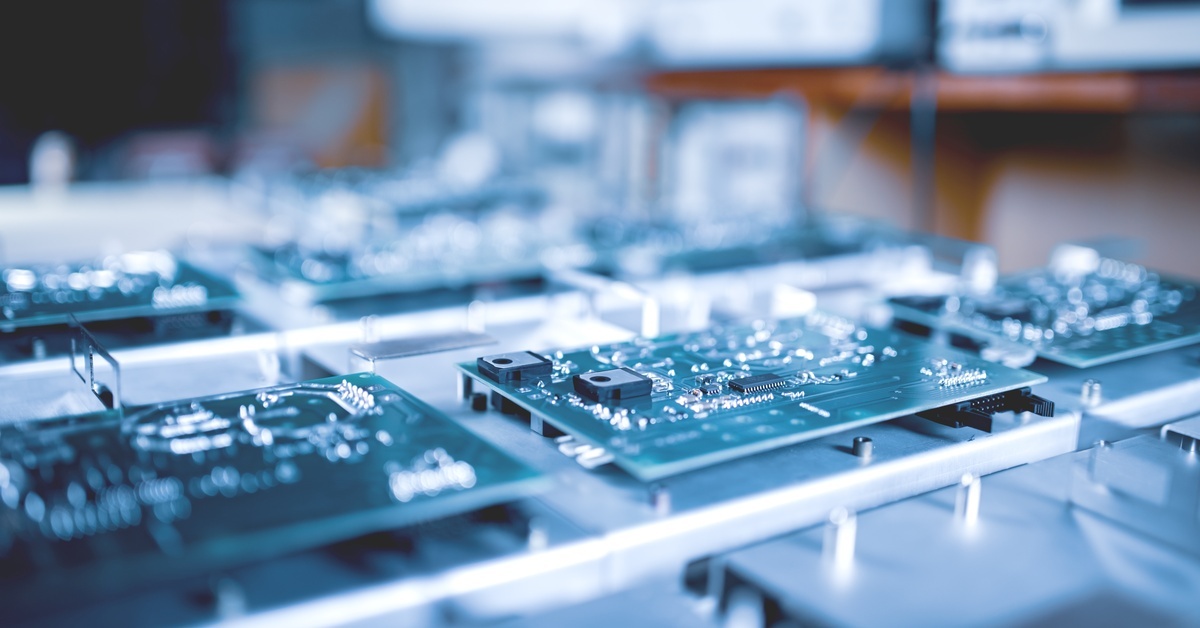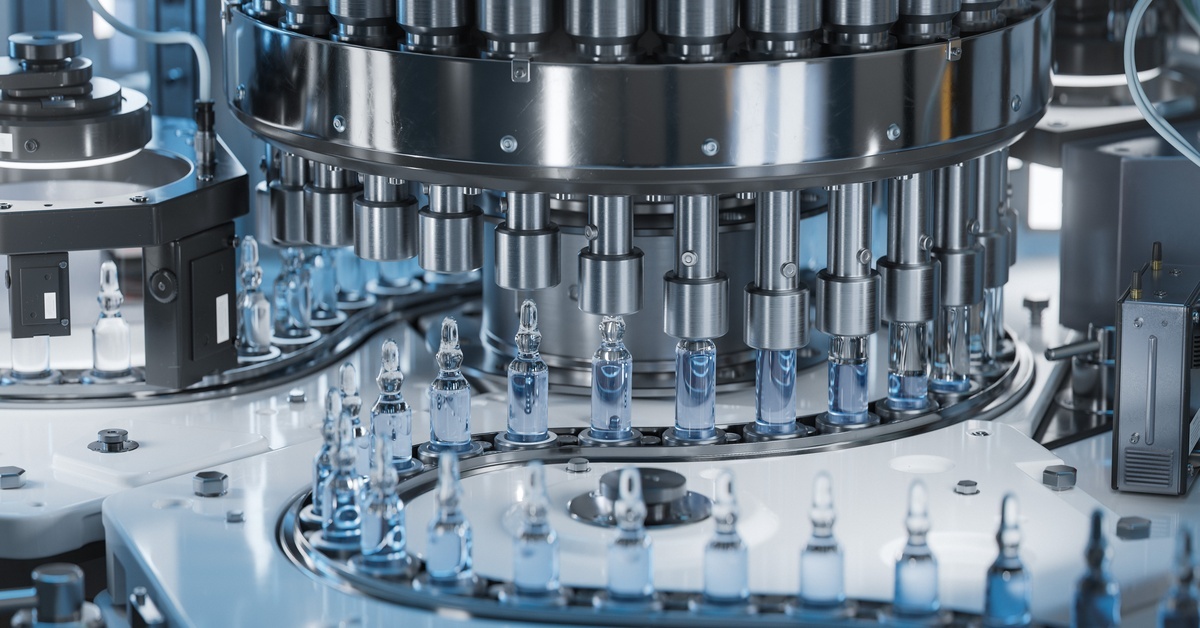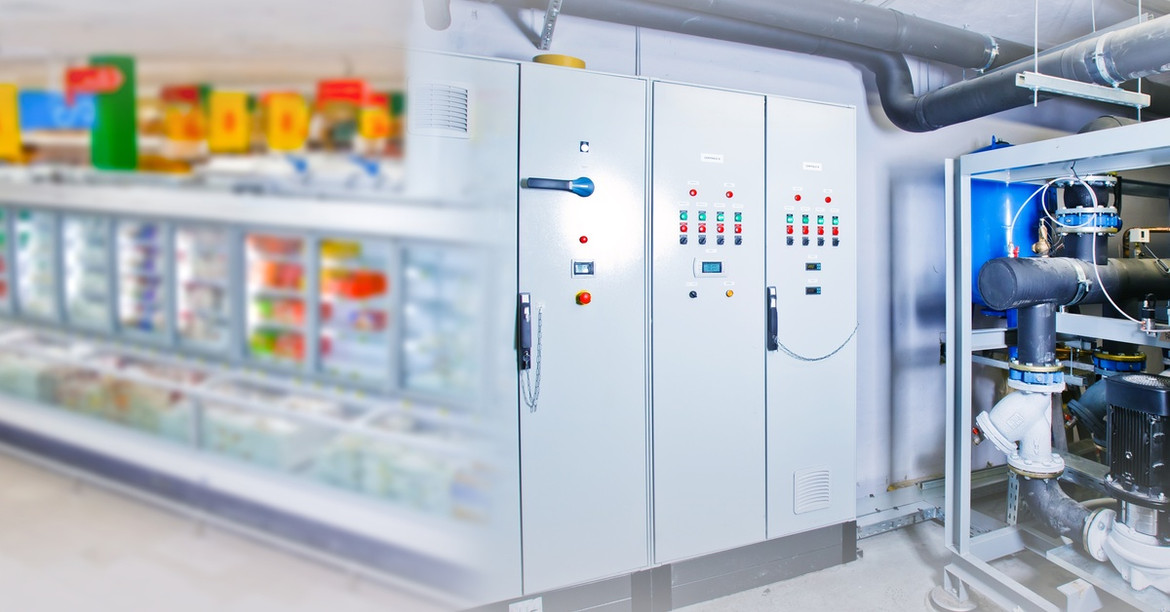Posted by RCP on 27th Aug 2025
4 Industries That Can Benefit From Temperature Monitoring
Temperature affects product quality, worker safety, and regulatory compliance across many sectors. Companies that rely on precise environmental control must take proactive steps to track and manage conditions around their assets.
Purchasing agents and inventory buyers who evaluate monitoring systems help reduce waste, maintain compliance, and safeguard production. When implemented correctly, reliable systems prevent costly downtime and protect equipment. Here are the top four industries that can benefit from temperature monitoring and rely on precise, safe, and consistent operations.
Oil and Gas: Protecting Equipment and Ensuring Safety
Oil and gas operations depend on consistent temperature control to keep systems stable. Drilling platforms, refineries, and pipeline networks all face extreme conditions that can quickly lead to hazards if operators fail to check them.
Valves, pumps, and compressors generate heat during normal operation. Without accurate monitoring, excess heat weakens components, accelerates wear, and raises the risk of fire or explosion. Buyers who evaluate sensors for these environments must select models designed for harsh, corrosive conditions.
Storage tanks require supervisors to monitor them constantly. Crude oil and refined fuels expand and contract with temperature changes, which places stress on containers. When staff members consistently monitor tanks, they prevent ruptures and ensure safety.
Temperature variations in natural gas pipelines create pressure changes that affect flow rates and product stability. Companies that use advanced systems can respond in real time, preventing costly disruptions.
Maintenance crews also depend on clear temperature records. A sudden spike in readings often indicates equipment failure in progress. By integrating data loggers and alarms, purchasing agents provide workers with early warnings that protect both personnel and facilities.
Over time, consistent monitoring extends equipment life and lowers repair budgets. For oil and gas companies, the investment in advanced systems offers measurable returns through reduced risk and enhanced efficiency.
Manufacturing Plants: Preserving Product Quality

Modern manufacturing relies on strict environmental control. Facilities that produce electronics, chemicals, or pharmaceuticals need steady conditions to protect materials during every stage of production.
Temperature shifts, even within a narrow range, compromise adhesives, coatings, and sensitive compounds. Buyers who evaluate monitoring systems play a direct role in safeguarding product integrity.
Electronics assembly illustrates this point clearly. Printed circuit boards require soldering at controlled temperatures. If the surrounding environment fluctuates, solder joints weaken and create defects.
When facilities produce chemicals, operators must carry out certain reactions under precise thermal conditions to prevent dangerous side effects. Monitoring ensures that operators maintain safe, predictable workflows.
Beyond product quality, workers also benefit from consistent conditions. Excess heat in large facilities increases fatigue, slows productivity, and raises the risk of accidents.
Accurate monitoring systems help supervisors keep floor temperatures stable and create safer workplaces. For buyers, identifying sensors with fast response times and broad measurement ranges allows managers to track conditions across multiple production zones.
Data collection also helps supervisors report compliance. Regulatory agencies require proof that staff members store and handle chemicals safely. Monitoring systems that provide time-stamped logs simplify inspections and reduce administrative burdens.
Some facilities still use circular chart paper in certain applications, but digital systems now log information for more accessible, long-term storage. In short, effective monitoring protects assets, employees, and finished goods, making it one of the most cost-effective investments for modern plants.
Food Industry: Protecting Freshness and Compliance
The food industry monitors temperature closely at every step of the supply chain. From farms to processing plants to retail shelves, every link must keep conditions safe to prevent spoilage. Purchasing agents and buyers in this sector prioritize systems that track conditions constantly and send immediate alerts.
Cold storage facilities form the backbone of food safety. Perishable items such as dairy, seafood, and fresh produce stay safe only within narrow temperature ranges. When refrigeration fails, companies can lose thousands of dollars in product within hours. Systems that monitor temperatures and send automatic alerts help managers act before damage occurs.
Processing plants also rely on precise oversight. Workers must cook, cool, and package products at critical points set by food safety rules.
Buyers who choose accurate sensors help facilities follow Hazard Analysis and Critical Control Point (HACCP) rules. When staff lack verified data, regulators fine facilities, pull products from shelves, and erode consumer trust.
Restaurants, supermarkets, and distributors face the same pressures. Transport trucks must hold steady temperatures during long hauls, and retail locations must track display cases and storage areas without stopping.
Digital systems now log conditions remotely, and managers can see this data instantly through mobile devices. With this level of access, companies reduce waste, build consumer trust, and prove they follow food safety standards. For purchasing professionals, selecting robust systems keeps food safe while also lowering costs.
Pharmaceutical and Healthcare Facilities: Protecting Sensitive Materials

Companies that manufacture pharmaceuticals and healthcare providers depend on precise temperature control. Medications, vaccines, and laboratory samples lose their effectiveness when temperatures fluctuate. Buyers who evaluate monitoring systems in this field decide on equipment that directly affects patient safety and product strength.
Storing vaccines provides a clear example. Even slight temperature changes outside approved ranges reduce potency. Healthcare facilities must supervise conditions constantly to follow rules from groups such as the Centers for Disease Control and the World Health Organization. Purchasing agents must choose systems that deliver reliable alerts, provide backup options, and log detailed data.
Laboratories and research centers also depend on accurate systems that monitor conditions. Staff must keep blood samples, tissue cultures, and experimental compounds at strict temperatures, so they remain valid.
When staff members store items incorrectly, months of researchers’ work can collapse. Buyers who supply dependable equipment cut these risks and help institutions stay credible.
Temperature control also ensures that companies follow Good Manufacturing Practice (GMP) rules in pharmaceutical work. Manufacturers must prove they store and handle every batch of medication properly.
Systems that record details clearly help auditors review how companies operate and reduce the chance of regulators recalling products. For healthcare and pharmaceutical companies, accurate monitoring protects their financial and ethical concerns.
The Case for Smarter Temperature Monitoring
Companies across diverse sectors must oversee the environment accurately to protect products, workers, and customers. Oil and gas facilities reduce hazards by tracking equipment temperatures.
Manufacturing plants preserve product quality and comply with regulations more effectively. Food companies keep products fresh and earn consumer trust by monitoring the cold chain. Healthcare and pharmaceutical providers protect sensitive medications and samples.
When purchasing agents and inventory buyers evaluate systems that track temperature, they choose tools that directly improve efficiency, safety, and profitability. By selecting reliable equipment, they help organizations prevent waste, extend asset life, and meet what regulators require.
These examples show why the four industries that benefit from temperature monitoring continue to adopt advanced solutions. Accurate, reliable systems strengthen supply chains and help companies operate securely into the future.

